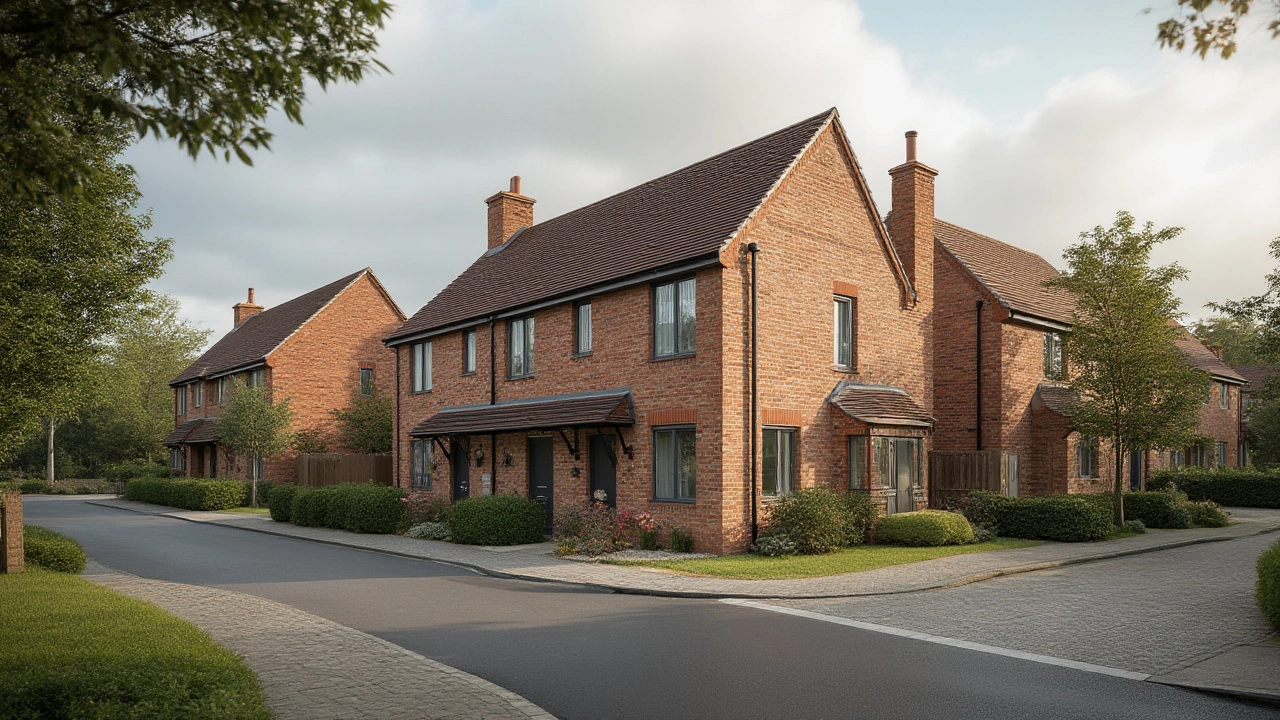Ever wondered how long it takes for a new building to settle? This guide covers the real settling time, what happens, and practical advice for new property owners.
Building Settling Time: What It Is and Why It Matters
When a new house or extension is finished, the structure doesn’t stay perfectly still. The soil under the foundation adjusts, and the frame shifts a bit. This natural process is called building settling time. Knowing how long it lasts helps you spot normal movement and avoid costly repairs.
Most people think settling is a sign of a bad build, but a little movement is normal, especially in the first year. The key is to understand what’s typical and when the signs turn into red flags.
How Long Does a Building Settle?
In most UK projects, the bulk of settlement happens within the first 12‑18 months after construction. During this period, you may hear creaks, see tiny cracks in plaster, or notice doors that need a little extra force to open. These are usually harmless.
Factors that speed up or slow down settling include:
- Soil type – clay shrinks and expands more than sand.
- Foundation depth – shallow footings settle faster.
- Weather – prolonged rain can soften the ground.
- Construction methods – slab‑on‑grade settles differently from pile foundations.
After the initial year, movement slows dramatically. By the end of the third year, most buildings have reached a stable state, and any new cracks are more likely due to other issues.
Tips to Manage Settling Issues
1. Inspect regularly. Walk around your home every few months. Look for cracks wider than 1 mm, doors that stick, or uneven floors. Document the changes with photos so you can track progress.
2. Control moisture. Keep the ground around the house well‑drained. Avoid excessive watering of gardens or leaking pipes that could saturate the soil and cause extra movement.
3. Use flexible finishes. Materials like flexible joint compound and expansion strips in plaster can absorb minor shifts without cracking.
4. Get a professional assessment. If cracks widen quickly or you hear loud popping sounds, call a structural engineer. They can tell if the settlement is within normal limits or if underpinning is needed.
5. Plan for the future. When building or renovating, discuss soil tests and foundation design with your contractor. A well‑designed foundation reduces the amount of settling you’ll experience.
Remember, a few hairline cracks are part of a building’s life story. They usually don’t mean disaster. By keeping an eye on the signs and maintaining good drainage, you can enjoy your home without worrying about the occasional creep of the foundation.
If you’re unsure whether a crack is normal, the safest bet is to get a quick professional opinion. It’s better to catch a problem early than to face an expensive fix later.
